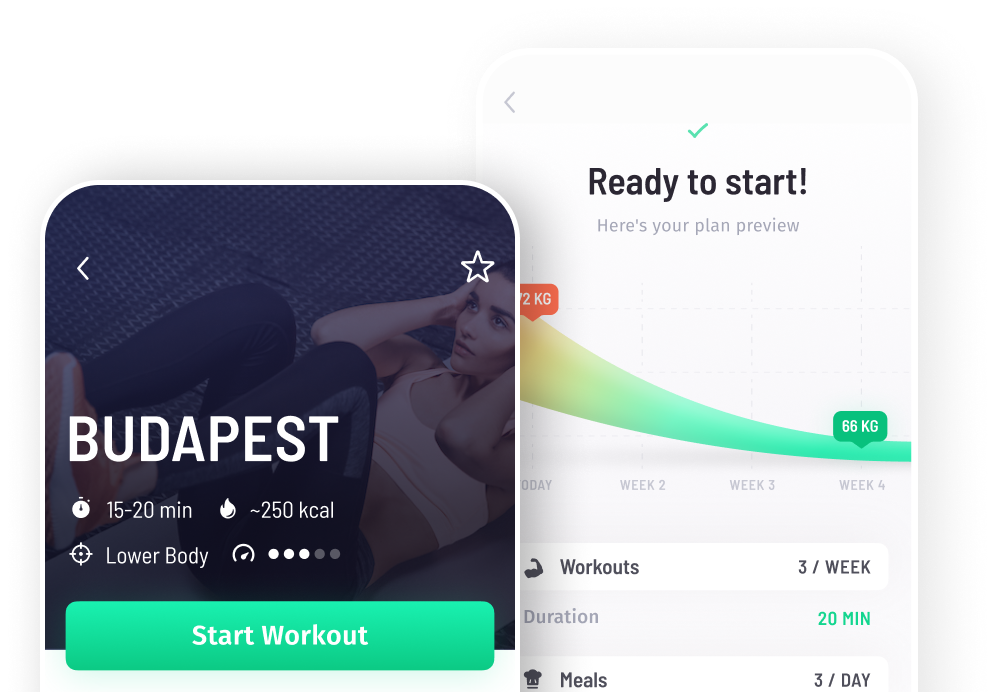What is progressive overload training?
Progressive overload is a tenet by which all trainers and coaches live. Put simply, it means doing more today than you did yesterday, in the pursuit of new stimulation and adaptation. For example, if I could bench press 140kg last year, I may want to be aiming to bench press 160kg this year. I would achieve this by progressively overloading my bench-pressing muscles and assistance movers over time.
There are four principles to bear in mind when searching for progressive overload: FITT.
- Frequency
- Intensity
- Time
- Type
If you make any more challenging, you will be eliciting progressive overload. So, for example, in my quest for a heavier bench press, I could manipulate frequency. Rather than training my bench press once per week, I could train it two or even three times. Or I could change intensity: I could add more weight, week by week, or add drop sets, or try harder variations. Then there is time: I could spend more time benching in any one session, adding in a couple of extra sets or aiming for slower reps. Finally, there is type. I could hit different types of chest exercise: dips, push ups, overhead presses, decline and incline presses, and so forth, should all feature in my training.
Of course, realistically I will be manipulating all four. However, it isn’t necessary – just recommended. Manipulate any of the FITT principles to make them harder and you will be honouring progressive overload.
How do you do progressively overload at home?
Progressive overload may look tricky for those training at home. Home gyms tend to be limited in terms of exercise selection. Bodyweight training, which many people perform at home, can look limited in intensity (how do you add more weight to air squats or push ups?) However, this isn’t the case at all. You can manipulate all four FITT principles at home or anywhere else.
Make your push ups harder by including a deficit or a jump. Perform them more frequently. Spend more time performing them, slowing them down, perhaps, or adding in drop sets for greater volume. Finally, try different types. There are hundreds of push up variations out there, many of which are a lot harder than the standard military push up.
The same holds true for any exercise at home. If you’re using a power rack, you can work to any of the FITT principles. If you’re boxing on a bag in your garage, the same is true: time yourself to longer rounds, perform more rounds, train more often, use a heavier bag, heavier gloves, or simply push yourself to punch harder or faster.
It’s all FITT: it’s all progressive overload.
Did you enjoy this article? Share it!
Related Articles
What does HIIT mean? When talking about HIIT workout, a definition is a must. Let’s go on to find out.
You might have heard talk of plyometric training or seen it advertised in your gym and thought to yourself, ‘what is plyometric training…
We all know how important regular exercise is for our bodies. But did you know that there is more to fitness than just how much cardio and…

